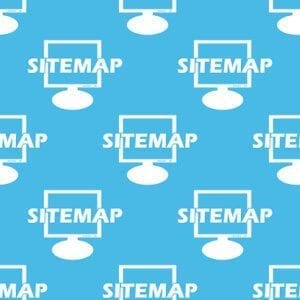Websites are now a must-have commodity for Long Island companies, but many business owners don’t know the ins and outs of the web design process. They often ask: “what is a sitemap?” or “what does a sitemap do?” While these concepts may seem complicated at first, there are easy answers to both these basic web development questions.
What is a Sitemap?
A sitemap is a road map that is followed during the development of a website. It outlines the goals and purposes of a site, such as attracting new leads or making online sales, to give direction to your project. It also helps you provide your visitors with an enhanced user experience, like easy navigation, by establishing the hierarchy of your site’s pages at an early stage.

A sitemap is a resource that the client and the web design team can refer back to throughout the project. It’s a handy tool that displays the relationships between your site’s pages and its content elements. Ultimately, building a website without a sitemap is like building a house without a blueprint.
Why a Site Map is built before Web Design Starts
These are four reasons why it is important to know what is a sitemap and what does it accomplish.
1) Puts Everyone on the Same Page
A web design project involves the participation of many different people, including business owners, web designers and account managers. By outlining a solid, agreed-upon plan at the beginning of a project, the entire process tends to flow better.
2) Establishes the Site’s Goals and Purpose
On the internet today, there are far too many websites that provide poor user experience. These difficult-to-navigate sites typically lack a sitemap that outlines its goals and purposes. Once a sitemap is created, the pieces of a website are more easily plugged into place.

3) Prevents Creation of Duplicate Content
Duplicate content is another preventable web design mistake that can hurt your search rankings. If you map out a sitemap beforehand, you will be able to avoid redundancy by determining early on where all your content should be located.
4) Sets up a Clear Conversion Funnel Path
If you want to generate leads with digital marketing, you must have a clear conversion path. To achieve the best results, this process should start in the sitemap phase. Then, you can make sure your visitors are properly directed from your calls-to-action on each web page.
Now that you know what is a sitemap and what its purpose is, you are better equipped to participate fully in your business’ exciting, new web design project.

